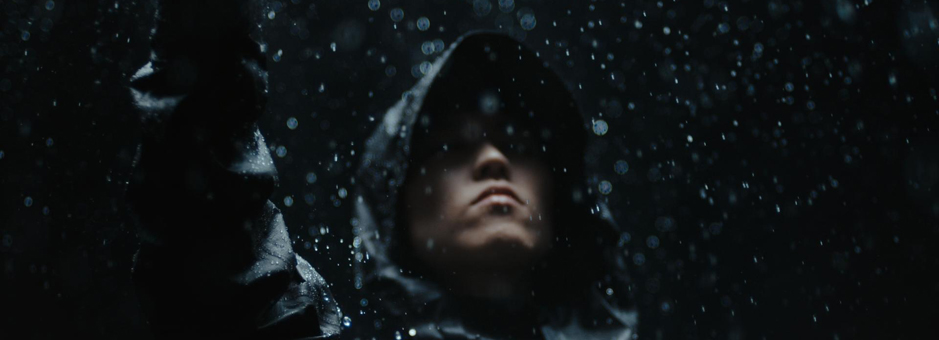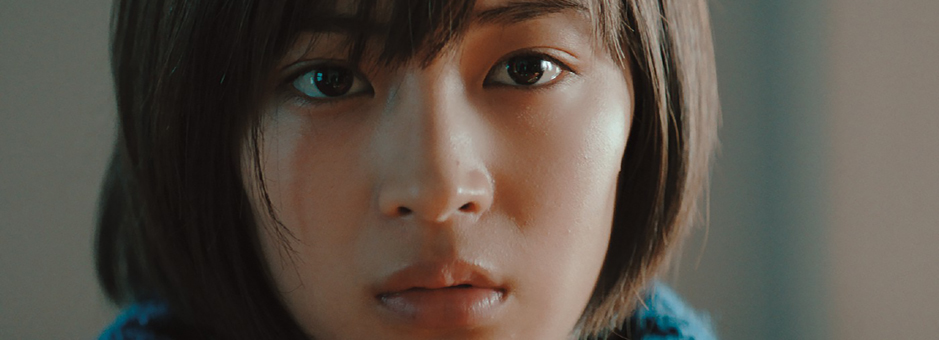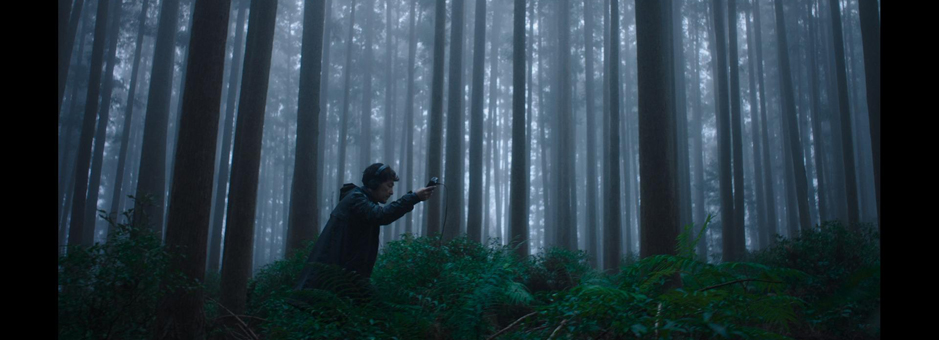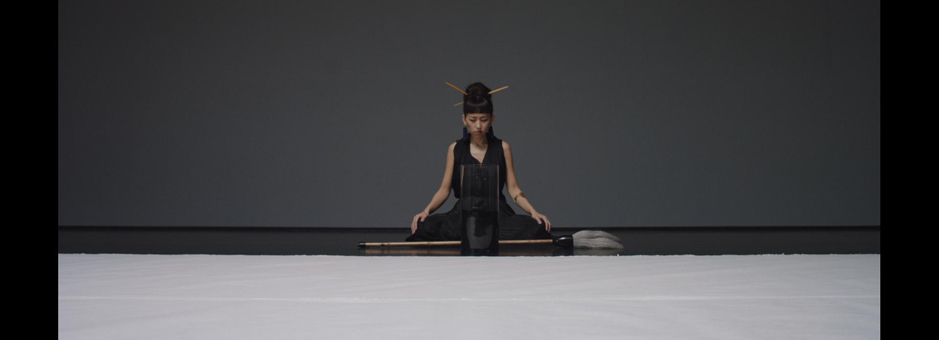Meet The Colourist
Naotaka Takahashi
Senior Colourist, L’espace Vision, Tokyo
Naotaka Takahashi is a Senior Colourist at L’Espace Vision in Tokyo. Throughout his career, he has graded multiple award-winning commercials and several feature films.
Since starting as a two-person operation in 1987, L’espace Vision has continued to grow and invest in new technologies in post-production, while maintaining a creative and adaptive outlook in a constantly changing industry. Today the company provides services from set to final deliverables for movies, television series and commercials.
What is your background? How did you become a colourist?
I started out studying computer science at university before joining L’espace Vision in 2000. At that time, the company was mainly involved in offline editing using its proprietary multi-editing system. So I started out as an offline editor.
Since then I have increased the breadth of my skills. First I moved to online editing, and now I’m able to focus on colour grading, which has really captured my interest the most.
I was lucky to work across a wide range of genres as an offline editor. To be able to imagine and craft unique stories via the composition of your edits is a profound experience – I definitely learned a lot from it.
That led me to develop an interest in the whole process, from offline to finishing, so I challenged myself to get into online editing. Along the way, I got to know a variety of different finishing tools and systems, like Avid DS and Digital Vision’s Film Master to name just a couple.
It was at this time that I discovered the ARRISCAN, and came into close contact with film for the first time. I became fascinated by the colours that make up the images, and came to spend more and more time on colour grading.
What is the post industry like in Tokyo? Is it competitive?
It’s difficult to say how competitive the Tokyo post industry is – it services such a wide variety of productions from high-end feature films to many, many medium- and low-budget productions. That certainly keeps it vibrant. To keep ourselves competitive in this environment, we focus on proposing optimised workflows and making them happen.
We do have the Japan Post Production Association, which is a great forum to share information between post houses like ourselves, as well as vendors and resellers.
What made you choose Baselight?
With Baselight, you can create the exact creative expression that you imagine.
Ever since I first saw it at NAB some years ago, I always thought it was something I wanted to try. It has colour management I can trust, a multitude of tools to create a look, plenty of power, and the flexibility to allow for a variety of approaches to grading. I really enjoy learning the many features in Baselight, and being able to present those to my clients.
The fact that Baselight is always evolving is also an appealing trait. And FilmLight gives us more help to maximise the system than other vendors, especially with technical tutorial videos.
I really like every genre.
Depending on the project, I have to adjust my way of thinking and how I would like to approach it in a technical sense. Each work has a theme and intention, and it's incredibly important (and quite exhilarating) to truly understand that intention and express it correctly.
By constantly working on a variety of projects, I can maintain a fresh eye for colour. And by meeting all kinds of people in this line of work, I've been able to adopt other perspectives that I would have never come up with on my own. I find it exciting that I get to come into contact with different ideas all the time.
By offering a start-to-finish workflow, we're able to monitor the quality of the project through every step, which is of course very helpful. I’m able to use the BLG workflow quite effectively for sharing data between workflow stages. Using BLG files we can create a colour pipeline from the initial on-set LUTs, through dailies for editing and processes including VFX, on to the finish.
What is the typical workflow for a project in your facility?
For our standard workflow, we'll take the camera raw or log footage, work in a scene-referred colour pipeline, and share the media, BLGs, and LUTs with VFX to finish the project. However, we do consider the most effective workflow for each individual project and apply it accordingly.
Being able to use the BLG workflow when possible is ideal.
What are the best creative tools in Baselight?
The Base Grade is fantastic, and the high-quality tracker allows me to grade with fine detail. But it's the speed of the tools in Baselight that truly broadens the possibilities in colour grading.
The interface is easy to use, and it's easy to manage the shots and their grades. I feel like I'm able to organise each shot and scene quickly, and focus as much of my time as possible on the creative work at hand.
Also, I love the multi-paste tool, which selectively copies grades to other scenes.
Tell us about a recent project, and some of the tools you used to create the finished look.
My work usually focuses on commercials and music videos, so I’ve been doing a lot of them. But I'm currently preparing for a feature film, which I’m really looking forward to.
I've been using the Texture Equaliser and Texture Blend tools a lot recently. I love that I can have such great control of the detail in the image and they’re great for adjusting skin tones.
I haven't had the chance to work on an 8K project yet, but there is certainly some demand in specific sectors.
I did recently work on a special event where the media would be projected from three 4K projectors. There was also a project that dealt with 6K material on a three-screen set-up, and I was able to grade the material smoothly with Baselight. The texture controls really came in handy.
What do you do when you are not grading? What are your hobbies and interests?
I treasure the time I get to spend with my family. I'm also a fan of soccer. And beer!
If you had to give advice to your younger self about your career, what would it be?
Don't be afraid of change, and have fun challenging yourself. Facing changes will be the only way you can grow as a person. By enjoying yourself through these challenges, you'll give birth to new ideas, and new doors and chances will open up for you.
I want to continue challenging myself in as many new projects as I can.
I appreciate FilmLight's creative dedication to listening to user requests and continuing to evolve the field of colour grading. If it's a new technology, I'm open to it. I'm excited to get a chance to try any new technologies that come my way.
Join In
If you want to participate in our MTC programme, we'd love to hear from you. Contact:
Alexa Maza
e: [email protected]
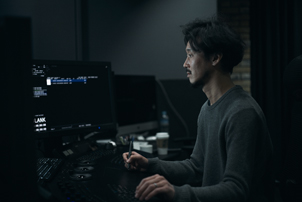
“Each work has a theme and intention, and it's incredibly important (and quite exhilarating) to truly understand that intention and express it correctly.”
Details
Colourist: Naotaka Takahashi
Role: Senior Colourist
Web: L’espace Vision




